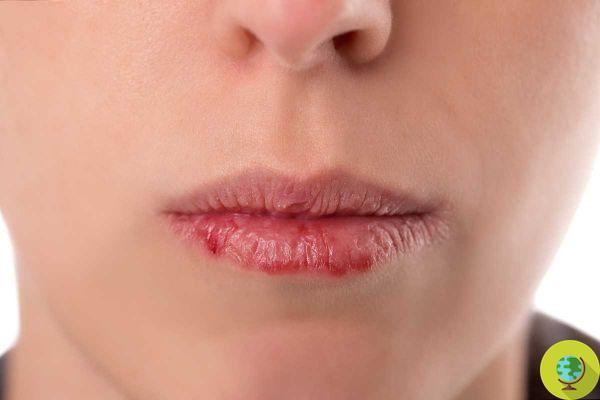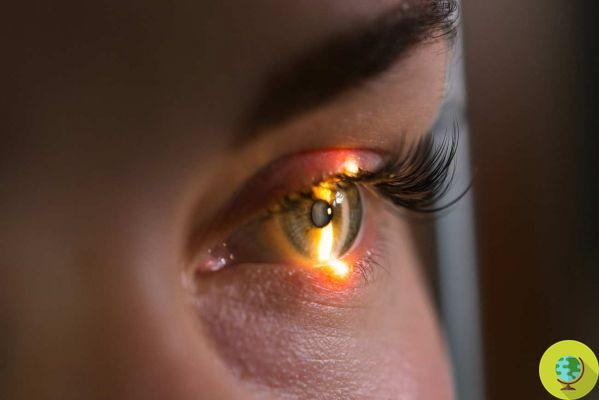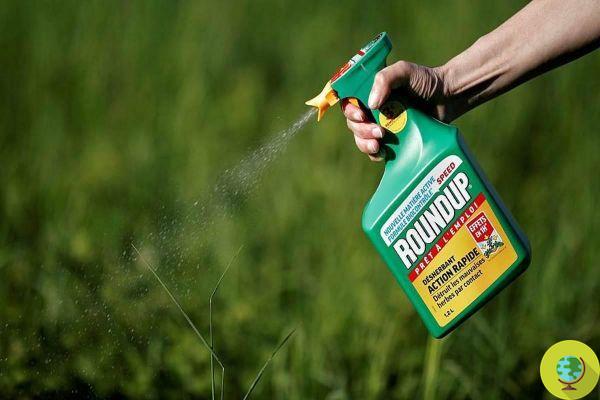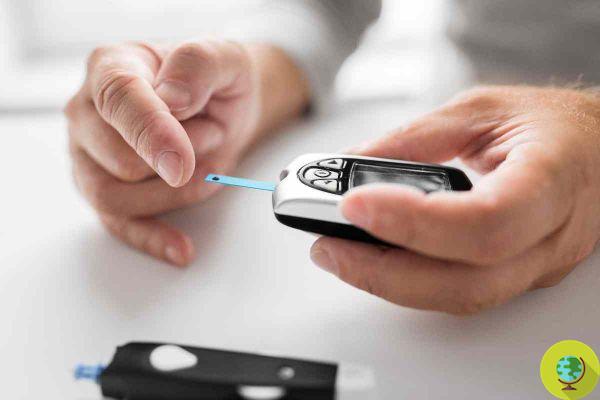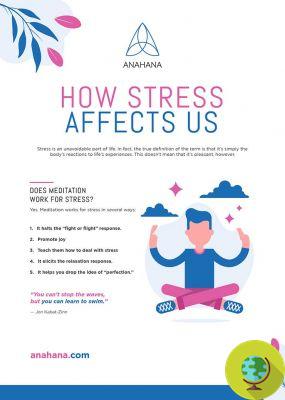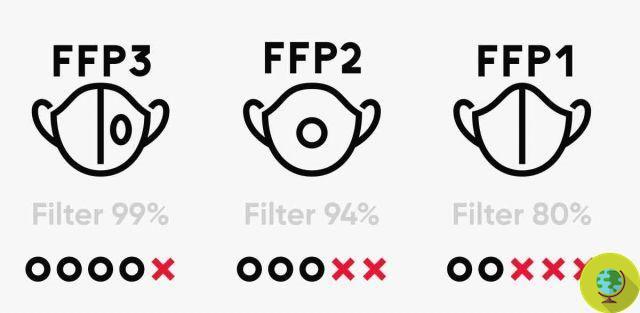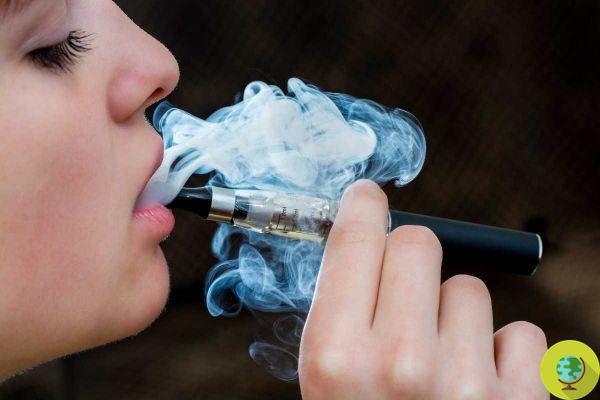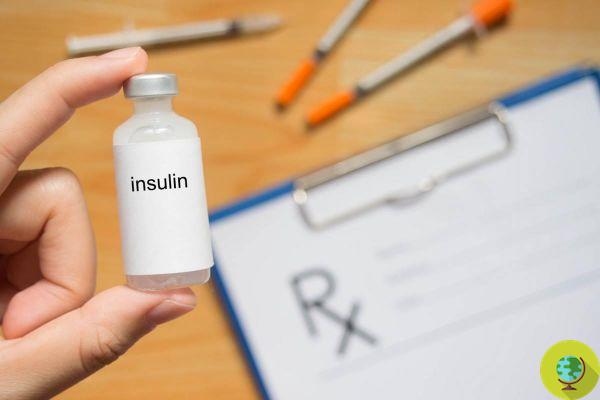The Prick Test is one of the most used and simple medical tools to detect the presence of allergies. So let's see how it works and which allergies it is able to bring to light.
Don't store avocado like this: it's dangerousIl Prick Test it is one of the most used and simple medical tools for discover the presence of allergies. So let's see how it works and which allergies it is able to bring to light.
To locate one or more food or respiratory allergies it is often recommended to undergo the Prick Test, a non-invasive method which runs very fast and allows in few minutes to see any reactions of the body to certain substances. But what exactly is it about?
Index
Prick Test, how does it work?
The Prick Test is performed as follows: the patient is made to sit with his arms uncovered and the doctor, using a liquid extract of the various possible allergens, pours some a drop in a small portion of the skin of the forearms. Each allergen must be positioned at a distance of at least 2,5 cm from the other so that the results cannot be distorted due to interference between two different types of extracts. The allergen placed in that particular point of the skin is then marked with a marker.
The specialist then uses a sterile lancet to "pinch" the skin (prick is precisely to pinch in English) on which each allergen has been positioned in order to let the substances penetrate the skin and thus come into contact with the IgE (antibodies responsible for the immune response to allergens). The lancet must be sterile for each point (and therefore allergen) always to avoid possible contamination that could affect the results. The skin is then dried and results are waited for about 15-20 minutes.
Summarizing the Prick Test:
- Use purified allergens in drops
- He places them one by one well spaced on the forearm
- Wait 15-20 minutes
- The result is analyzed by looking at the skin
With the Prick Test you can discover allergies to:
- Dust mites
- Animal hair
- sleeve
- Pollen
- Individual foods (both of plant and animal origin)
- Latex
- Pharmacological components
Instead, to discover contact allergies such as nickel allergy, the patch test.
Prick Test, the results
After the necessary time has elapsed, the allergist proceeds to examine the skin to assess what has remained the same and what has changed. The test, in fact, it is positive if in correspondence with the use of a specific allergen wheals occur or swellings that can be of different shapes and sizes (type mosquito bite). There may also be redness, an erythema and often itching is felt.
To evaluate the reliability of the results they are used, together with normal allergens, also two control substances: histamine and a saline solution or glycerin. The first if it is negative and the second if positive make the test unreliable. In fact, if histamine does not react in contact with the skin, it means that a therapy with antihistamines is in progress and therefore the result is not reliable. If, on the other hand, there is a reaction to the saline solution, it means that there is hyperreactivity of the skin and this situation also makes the test false.
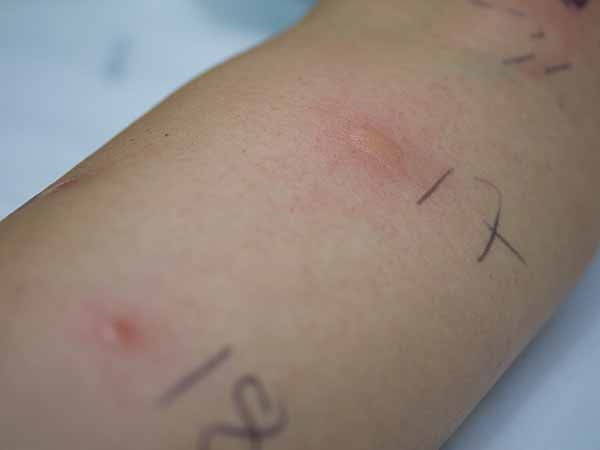
Prick Test when and how to do it
In case you suffer from rhinitis, Other respiratory problemsfrequent tearing of the eyes skin rashes frequent but even if food-related hypersensitivity is suspected you can undergo the Prick Test to understand if there is an allergy at the base of the symptoms. It can be performed at any time of the year, even during the pollen season to understand if you suffer from one of the so-called "seasonal allergies".
Be careful though to do not take antihistamines for at least 5-7 days (depending on the types) before taking the test which otherwise could be falsified.
Generally everyone can safely perform the Prick Test (except for contraindications, see below) since it is a safe, effective and fast method. However, it is not always reliable up to 3 years of age and even later, up to about adolescence, it could still give results "to be interpreted" given that it has been seen that the skin response to allergens grows up to around 18 years. of age.
The Prick Test it is carried out on an outpatient basis in a few minutes and does not cause discomfort or pain to the patient. I costs vary from property to property and on the basis of whether we rely on the national health system or choose private facilities instead. Generally, however, we talk about a cost that fluctuates between 20 and 70 euros.
On allergies and related tests, you may also be interested in:
- FOOD INTOLERANCES: WHAT THEY ARE AND WHICH TESTS REALLY WORK
- NICKEL ALLERGY: THE 10 MOST COMMON SYMPTOMS
- NATURAL ANTHISTAMINS: 10 REMEDIES TO ALLERGIES
- HOW TO REDUCE THE SOURCES OF ALLERGY IN THE HOME
- CHICKEN ALLERGIES: HERE ARE THE NATURAL REMEDIES TO CONTRAST THEM
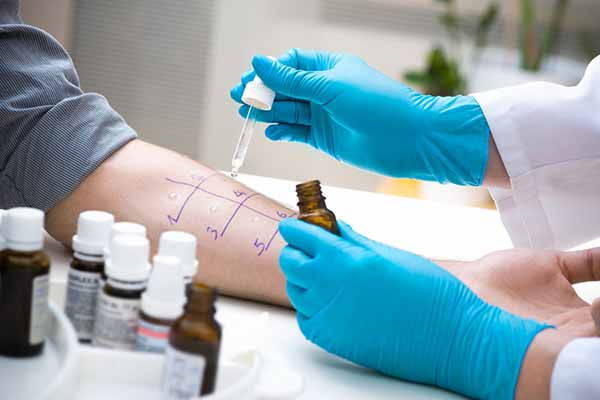
Prick Test, contraindications
There are some contraindications to the use of this test such as the presence of hives or dermatitis on the armsInuse of antihistamines in the previous week when to test and one ongoing pregnancy. However, your doctor will always evaluate when it is good to undergo the Prick Test and the cases in which it is better to choose other types of tests aimed at assessing the presence of allergies. Alone in very rare cases, the Prick Test can cause anaphylactic shock. High-risk individuals should perform it at a hospital facility equipped to handle any emergencies.




